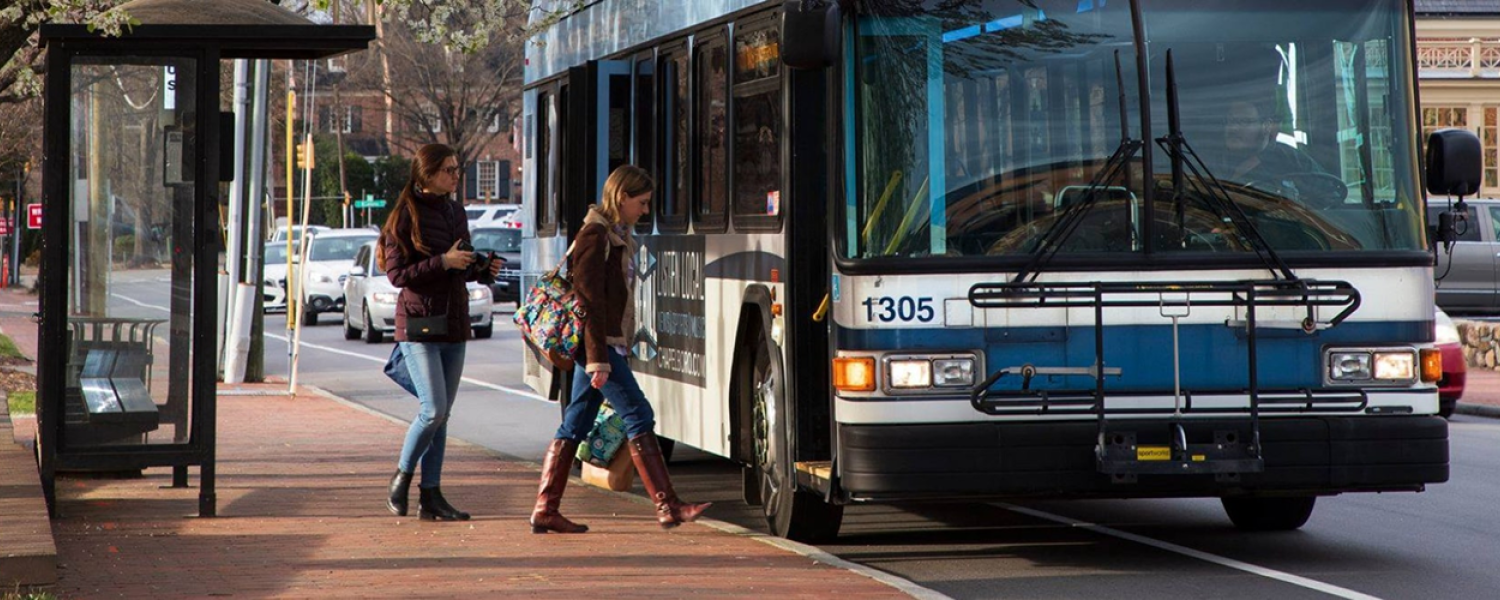Passed in 2013, the Strategic Transportation Investments law (STI) establishes a framework and process for NCDOT to efficiently enhance the state's infrastructure, while supporting economic growth, job creation, and a higher quality of life. This process encourages thinking from a statewide and regional perspective while also providing flexibility to address local needs. STI also establishes the Strategic Mobility Formula to allocate available revenues based on data-driven scoring and local input.
The Strategic Mobility Formula is a transparent, systematic, and data-driven process for prioritizing the major transportation in the state and making investment decisions. Projects are evaluated based on an analysis of existing and future conditions, the benefits the project is expected to provide, and how the project fits in with local priorities. Each of the six modes of transportation (highway, ferry, rail, public transportation, bicycle & pedestrian, and aviation) use a data-driven approach for ranking projects, which are then combined with local input to determine which projects will be funded each cycle.
The outcome of the Strategic Prioritization of Transportation (SPOT) process serves as input to the Draft State Transportation Improvement Program (STIP). The STIP is then combined with locally-designated projects and input from the Triangle West TPO Board to create the Metropolitan Transportation Improvement Program (MTIP) for the TPO.
The tabs below on this web page provide further information on various stages of development of the FY2026-2035 STIP and TIP.
To find out more about Triangle West TPO projects, contact Filmon Fishastion.
Prioritization is NCDOT’s decision-making tool for developing the State Transportation Improvement Program (TIP), which is a listing of projects to be delivered within an upcoming ten-year work program. The Strategic Transportation Investments (STI) legislation has created a high degree of collaboration between NCDOT and TPOs in the development of their Transportation Improvement Program’s every two years through the Prioritization process.
The 7th iteration of Prioritization ran from June 2023 through January 2025. The projects that were awarded funding at the end of this process have been inserted into the FY2026-2035 STIP. See the links below for information on the projects that competed for funding and to see how the TPO’s Local Input Points were assigned.
A draft of the State Transportation Improvement Program (STIP) was released in January of 2025. After a period of review, the STIP was brought back to the Board of Transportation in June for informational purposes and in July for adoption. It can be viewed using the link below.
The MTIP is a ten-year work program that lists all regionally significant and federally funded projects and transportation services in the MPO planning area. MTIP projects include highway, public transit, bicycle and pedestrian, and rail corridor improvement projects. Any project included in this MTIP must be consistent with the 2050 MTP; this ensures that the MTIP is fiscally constrained by estimated future revenues. The MTIP is also consistent with the first four years of the State Transportation Improvement Program (STIP), as required by federal law. The draft FY2026-2035 MTIP is currently under development. It will be available for the public to review during the public comment period that will run from June 18-July 18.
The draft FY2026-2035 MTIP can be viewed using this link.
Comments can be made using this survey. Comments will be accepted through July 23, 2025.
